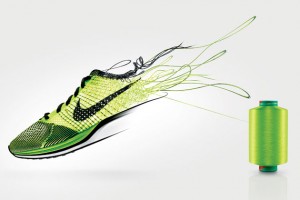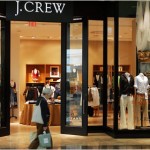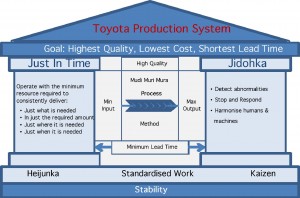China this week has made a huge statement especially in their workforce and the growing unrest of the working conditions in many of their factories. Due to poor wages and conditions over 2000 employees at Foxxconn’s plant got into a fight last week with management, and of course this occurred right before Apple’s debut of the Iphone 5. After a decade of peaceful interactions with management the employees have appeared to have had enough.
Some of the U.S.’s largest companies, such as Apple and Caterpillar, use Foxxconn in the creation of many of their products. If the Foxxconn plant were to revolt and shut down due to the lack of workers, what would this mean for companies like Apple or Caterpillar?
Analysts are saying that the cost of production has increased 15-20% every year for the past 10 years. Even though the cost is still relatively cheap, if these suppliers fail to meet the demand for our companies, could we see production move closer to home? The statistic that was determined is that China will still be cheaper by 7% in 2015. If these employees in the factories push for better wages and conditions, the cost will obviously need to be factored into all of the orders put in by U.S. companies. If the cost gets increasingly closer to what it would cost for these manufacturers to produce these products on American soil, do you think the U.S. companies would consider it?
“If there’s going to be social unrest, either related to the conditions in factories, or if the government can’t enunciate clear policies and the domestic political uncertainty plays out in anti-Japanese unrest, businesses are going to be reluctant to make long-term commitments in China,”
As of right now the chinese factories seem to be back in operation, but if costs continue to increase we could see the production move closer to home. Continue reading “Can America keep up with its competitive Manufacturers?”




